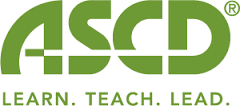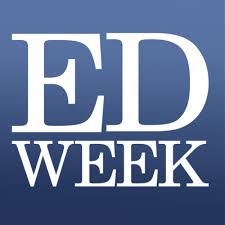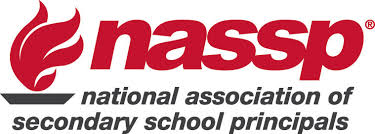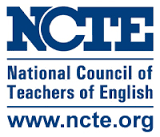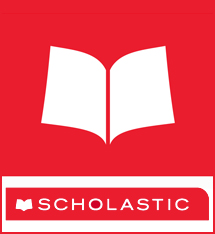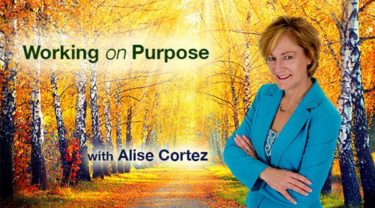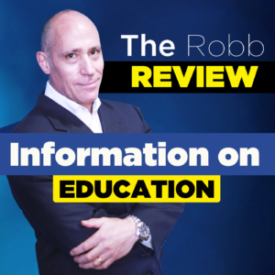WANTED…Words for Readers
WANTED…Words for Readers
by Laura Robb
Years ago, when I asked a seventh-grade student how I could help him with reading his response, “Give me words” replayed in my mind for several days. His reply haunts me to this day because a lack of words not only affects students’ reading, it also impacts their ability to think and communicate ideas through writing and speaking. The time to address students’ need for words starts the day children begin school and should continue through high school.
Each year groups of capable, smart students arrive in Pre-K and kindergarten lacking vocabulary and background knowledge. Also limited is the number of books read aloud to them by an adult as well as the amount of meaningful talk they hear. You can’t change children’s past experiences. But youcan step-up word learning and close this vocabulary gap by reading aloud, by understanding that volume in reading enlarges vocabulary, and by teaching words in groups.
A study conducted between 2009 and 2011 by the National Association of Educational Progress (NAEP), the nation’s report card, revealed a strong correlation between students’ vocabulary and comprehension scores. By boosting students’ word knowledge and enthusiasm for learning words, we can gradually improve their reading skill and develop lifelong readers and learners.
Teach Words in Groups
When groups of words have a common connection, it’s easier for students to understand and remember them. If you teach words in groups, you offer students a large palette of related words to reflect on and discuss before, during, and after reading. Write the words students suggest on chart paper or post them on a white board. Revisit the list often, add new words, and discuss a few each day. The more students meet the word through reading and listening to others use them during discussions, the sooner they’ll absorb the words.
Before Reading invite students to find groups of words:
- Related to a concept they’re learning such as community, devastation, discrimination, or instruments. While studying members of a community, first graders suggested: neighbors, minister, postman, policemen, teachers, principal, doctors, nurses, friends, bankers, lawyers, plumbers, house builders, mom, dads, cats, dogs, people who sell things.
- Associated with a specific genre such as mystery, realistic fiction, fantasy, etc. Third graders suggested this group of words as they read mysteries: detectives, police, crime, red herring, a hook, suspense, suspects, cliff hangers.
- Connected to themes or topics such as obstacles, relationships, and disasters, or weather. Half-way through their reading unit on natural and man-made disasters seventh graders list included: hurricanes, tornadoes, fire, blizzards, ice storm, thunder and lightening, electrical explosions, divorce, death, epidemics, pandemics, war.
During Reading model and think aloud how to use context clues to figure out the meaning of an unfamiliar word while reading aloud to students. Then invite them to practice during a small group guided or strategic reading lesson. Show students that context clues can be in the sentence with the word, or clues can come before or after. Take it a step further and jot all the forms of a word on chart paper. During guided reading, a fifth grader used context to figure out the meaning of survival. To wrap-up the lesson, I introduced and discussed with the group: survive, survived, surviving, survivor. In addition to related words, it’s also beneficial to teach multiple forms of a word.
After Reading continue to enlarge students’ word knowledge by teaching:
- Word families: “ain” family: brain, chain, gain, main, maintain, rain stain
- Prefixes and sets of related words show how the prefix changes a word’s meaning. Prefix “un,” meaning not: uninterested, unintelligent, uncaring, unmanageable, unexplored, etc.
- Synonyms and antonyms: kind, helpful, compassionate, warm, sympathetic; hurtful, cruel, unhelpful, destructive, cold, distant, etc.
- Words for directions: list, explain, define, compare/contrast, state, express, support, etc.
Closing Thoughts
Be intentional and relentless with enlarging students’ vocabulary by:
- Teaching sets of words, discussing them, and consciously using them in to show students how they work.
- Having 15-20-minutes of self-selected independent reading daily. Volume in reading matters!
- Increasing the amount of purposeful student talk through partner, small group, and whole class discussions.
- Helping students visualize words, for what they can picture they understand.
- Developing students’ curiosity about the multiple meanings of words.
Teaching words in groups
Follow Laura on Twitter @LRobbTeacher
Check out Evan’s blog posts on ScholasticEDU!
Learn more about Laura’s ideas on reading- check out- Teaching Reading in Middle School

224 total views

